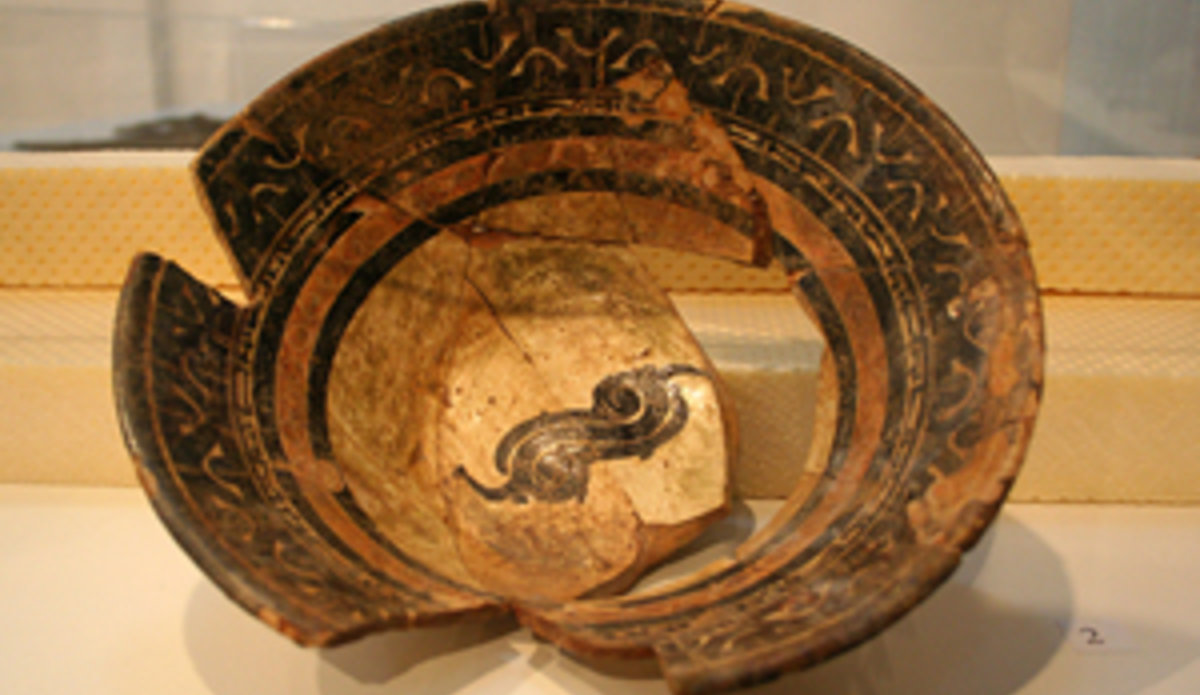Five ways how the international community can help preserve Afghanistan’s cultural heritage
29 March 2010 - Whether you sit down and have a cup of tea with Omara Khan Massoudi, the Director of the National Museum, or Nancy Hatch Dupree, Afghanistan’s grandmother, every one of the country’s cultural experts has an informed opinion about how the international community can help preserve Afghanistan’s cultural heritage.
For more than twenty years of civil war, a group of these dedicated Afghans and expatriates found ways great and small to protect the country’s extraordinary heritage against depredation and destruction – when international assistance was sporadic and geared towards restoration as opposed to prevention.
Today the country’s cultural heritage continues to be plagued by clandestine excavations. Unguarded archaeological sites are consistently ravaged by impoverished villagers who are struggling to meet their basic needs and are uninformed about their rich heritage. After years of ongoing warfare, it is this loss of knowledge that is the greatest threat of all to Afghanistan’s heritage.
What should the international community do about it? Helping Afghans preserve their heritage during the continued instability has become an integral part of the reconstruction effort. Many policymakers want to throw millions more into aid for bold, immediate-impact projects, which will help win the insurgency within the coming year. However, lessons learned from the past decades of devastation suggest that this won't work. Instead, we need to find innovative ways to support sustainable, Afghan-led projects, which will benefit the present and future of the country. A sound strategy would focus on several vital points.
Ask: how can we help?
It is essential to take the time to learn the local culture, establish relationships, and listen - with endless humility – to what people have to say. Talk with the National Museum Director and you will discover that the museum needs more training for personnel. With adequate long-term training, museum staff could work towards running the National Museum at full capacity and developing museums in the provinces such as Bamyan, Ghazni, Herat, Kapisa, and Khost. Giving Afghans access to their local museums is critical for educating them about the country’s cultural heritage and slowing the clandestine excavations. But only by asking the basic questions will we be able to help Afghans tackle the complex issues.
Coordinate
Our efforts to provide aid will be more effective if we coordinate amongst each other and with the Afghan government. There has been dramatic progress towards the preservation of Afghanistan’s cultural heritage since 2001. Take, for instance, the rejuvenation of Babur’s Garden and the Timur Shah Mausoleum. Yet many projects are completed in fragments, and some are left abandoned. Future plans should assess need, assign responsibility, and ensure follow through. We should feel obligated to do that which we began.
Invest Afghan
Funding projects that are run by Afghans is essential to strengthening capacity, though many international funders would rather contribute to expat-led ventures. Yet examples prove that it works best to involve Afghans in the shaping of their own future. The Central Asia Institute has successfully built more than a hundred schools for girls in Afghanistan and Pakistan because it recognizes the importance of promoting self-sustainable schools in the villages. At Kabul University, the Afghanistan Centre is founded on the idea of preserving and broadening knowledge about the country’s history and culture. Visit the centre any day of the week and you will find students – the next generation of Afghanistan’s leaders – busily reading and sharing ideas. It is clear that our investment will go further by investing Afghan.
Think long-term
The key to preserving Afghanistan’s cultural heritage is in planning ahead. We should focus on promoting education and skill development, and finding innovative ways to encourage Afghans to take responsibility for the preservation of their cultural heritage. As a good example, the Turquoise Mountain Foundation has been regenerating the historic district of Kabul and developing sustainable skills in Afghanistan’s arts and crafts. If we concentrate on teaching a man to fish, he will eat for a lifetime.
Be involved abroad
Even from overseas, take the opportunity to learn the culture. Since 2006, Afghanistan: National Treasures, an exhibition of some of Afghanistan’s rarest antiquities, has been touring Europe and North America. The exhibition, sponsored by the National Geographic Society, drew hundreds of thousands of visitors to museums in the United Sates in 2008-09 alone. The collection will travel to Germany in late 2010 and the United Kingdom in 2011. It’s an opportunity for people to be introduced to the country’s ancient history and to understand the importance of preserving its heritage. In doing so, we can help Afghans create a more promising future for Afghanistan’s culture.
Joanie Meharry is a scholar in Islamic and Middle Eastern Studies. She lived in Kabul in 2009 while recording the recent history of the National Museum of Afghanistan for The Aga Khan Trust for Culture and her MSc with the University of Edinburgh. She now divides her time between Afghanistan and the United States.
This article appears on the UNAMA website as part of the focus on Afghanistan’s Heritage.
Website: Afghanistan's Heritage
Click here to read UNAMA’s special Afghan Update Magazine on Afghanistan’s Heritage in English, Dari and Pashto.
 UN
UN







